Going around in circles
Concept of a rail road system remains limited to Karachi. Its past 50 years though, have seen countless bumpy rides.
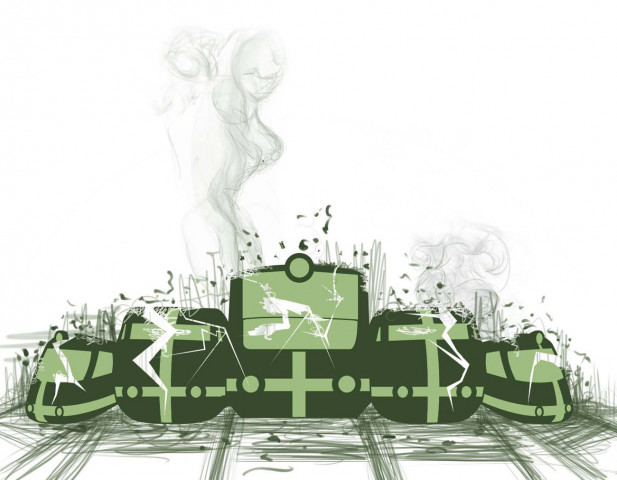
Going around in circles
Dozens like Saleem travel by the ‘circular’ train which operates twice a day, once in the morning and once in the evening, between City and Star Gate stations. Travellers include people belonging to the middle class, as well as labourers and daily wage earners, some carrying tools and even chickens.
Despite the fact that the few seats available are quickly taken, Saleem still prefers the train to buses. “At least one can stand comfortably. In public buses, it’s hard to even breathe during rush hour.” Saleem feels that a lot more people would start using the circular railway if it only becomes punctual.
Travel in Karachi
Over 50 per cent of the travel demand in Karachi is met through buses. The situation in other major cities of the country, such as Lahore and Peshawar, is similar. However, the concept of a rail road system remains limited to Karachi. Its past 50 years though, have seen countless bumpy rides.
Not realising that if the proposed $1.5 billion Karachi Circular Railway (KCR) project goes through, the ticket price might increase to Rs70, Saleem complains that it has gone up to Rs10. A few years ago, it was half the amount, he says.
“We are already reeling from poverty. If that happens, who will travel on this train?” he asks, questioning whether the multi-billion rupee project is indeed being designed for people like him.
Officials, meanwhile, say that the intra-city train is not a profit-making concern and the only reason the service is still functional is that they want to keep the project alive.
The history of KCR
The KCR was constructed in two phases, in 1964 and 1970. According to Pakistan Railways records, this particular rail system was patronised till 1984, when 104 trains carried over six million passengers annually on 80 main lines. However, due to a host of reasons, the most prominent being the railways operational inefficiency and lack of investment in the infrastructure, the KCR was shut down in December 1999.
Five years later, in December 2004, the project was revived and Pakistan Railways started operating one intra-city train just to maintain the route which was originally meant for the KCR. The plan now is to upgrade it to a modern train system. The Karachi Urban Transport Corporation (KUTC) was formed to implement the project with the railways ministry, government of Sindh and the city district government Karachi as shareholders. The Japan International Cooperation Agency agreed to provide a $1.46 billion conditional loan, to be paid back in 40 years at 0.2 per cent interest.
According to the latest design, the project envisions the total route length of dual tracks at 43.12 kilometres, out of which 22.86 kilometres will be on elevated bridges, 16.33 on the ground and 3.93 kilometres in tunnels. Each train will be able to carry 1,391 passengers. Around 700,000 people are expected to use this system which will run at the speed of 100 kph. Twenty-five stations across the city are planned.
Concerns
Architect Arif Hasan says the transport problems of the city have been “studied to death”, yet few improvements have been seen. An intra-city rail system is a very expensive solution since the cost per kilometre comes to between $25 million and $40 million, he argues. In contrast, the cost of the bus network would be $2.5 million per kilometre. “For this reason, the projected price of the ticket in the proposed KCR system is around Rs70,” Hasan says.
Though Hasan says he is supportive of the initiative, the KCR will end up catering to only 0.75 per cent travellers. “We need to invest in a bus network side by side,” he says.
Another problem with the project is that it will lead to large-scale displacement of people who live close to the proposed tracks. The KUTC officials say that they have already identified 5,000 houses in informal settlements that will be affected.
People, however, do not wish to move to other parts of the city, says Urban Resource Centre director Mohammad Yens. “For example, some of the people were given the option to relocate in Bhains Colony, but they refused and demanded that they be moved within the city centre.”
Moreover, Hasan says, there is a lot of formal sector encroachment as well on railway land, such as factories producing soft drinks, car manufacturers and apartment buildings. Experts say that Pakistan Railways in conjunction with the Railway police is to blame for allowing these encroachments to prosper. More importantly, there is a lack of coordination between city and provincial governments.
Concerned about these issues, Japan International Cooperation Agency has told the KUTC that it won’t release the funds till they are resolved.
In spite of all the concerns though, the KUTC managing director Ijaz Hussain Khilji rejects the scepticism about the project. He insists that a proper resettlement plan is in place and all stakeholders, including the provincial and city governments, political parties and Pakistan Railways are committed to the project. He also says that the money from Japan International Cooperation Agency would arrive soon.
“By September, we can have a formal signing ceremony and work on the project will start immediately,” he says.
The project has also been approved by the Planning Commission while the Environmental Protection Agency has carried out the assessment and the Pakistan Space and Upper Atmosphere Research Commission has completed the satellite imagery of the route. And possibly the most important cause for the optimism, the KCR is one of the 12 projects on President Asif Ali Zardari’s satellite monitoring desk, says Khilji.
Published in The Express Tribune, August 11th, 2010.

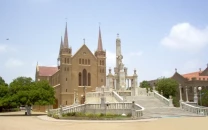
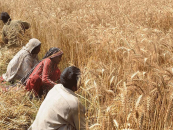

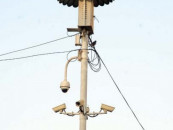
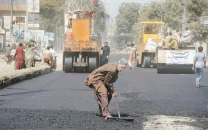













COMMENTS
Comments are moderated and generally will be posted if they are on-topic and not abusive.
For more information, please see our Comments FAQ